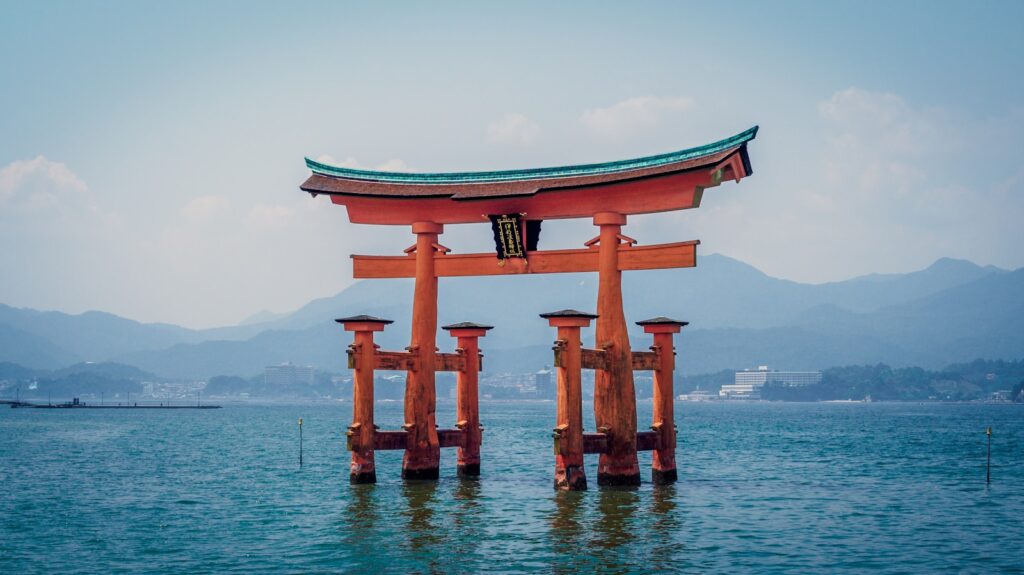Battlegrounds and War: War has left an indelible mark on human history, shaping nations, cultures, and individuals in profound ways. As we journey through time, exploring the remnants of conflicts and the memorials erected to honor those who fought and perished, we gain a deeper understanding of the sacrifices made and the lessons learned. In this comprehensive guide, we’ll embark on a tour of some of the world’s most famous battlegrounds and war memorials, delving into their historical significance, architectural marvels, and the stories they tell.
1. Remembering the Somme:
The Battle of the Somme, fought during World War I, stands as one of the bloodiest conflicts in history. Visiting the Somme battlefield in northern France, visitors are confronted with the vastness of the trenches, the haunting cemeteries, and the poignant memorials that dot the landscape. The Thiepval Memorial, with its towering arches inscribed with the names of over 72,000 soldiers whose bodies were never found, serves as a powerful reminder of the human cost of war.
2. Reflecting on Normandy:

Normandy, France, is synonymous with the Allied invasion on D-Day, a pivotal moment in World War II. The beaches of Omaha, Utah, and Juno, once battlegrounds strewn with obstacles and defended by determined German forces, now welcome visitors from around the world. The Normandy American Cemetery and Memorial overlooks Omaha Beach, honoring the courage and sacrifice of thousands of American soldiers who fought and died to liberate Europe.
3. Paying tribute at Arlington National Cemetery:
In the heart of the United States, Arlington National Cemetery stands as a solemn tribute to the nation’s fallen heroes. From the Tomb of the Unknown Soldier, guarded day and night, to the rows of white headstones stretching across the rolling hills, every corner of Arlington tells a story of service and sacrifice. The changing of the guard ceremony at the Tomb of the Unknown Soldier is a moving ritual that honors all those who have given their lives in defense of freedom.
4. Contemplating Hiroshima and Nagasaki:

The atomic bombings of Hiroshima and Nagasaki in 1945 marked the end of World War II but ushered in a new era of nuclear warfare. Today, the Peace Memorial Park in Hiroshima and the Nagasaki Peace Park serve as symbols of hope and reconciliation. The atomic bomb dome in Hiroshima, preserved in its ruined state, stands as a stark reminder of the devastating power of nuclear weapons and the urgent need for peace.
5. Commemorating Gallipoli:
Gallipoli, located in modern-day Turkey, witnessed a fierce battle between Allied and Ottoman forces during World War I. The Gallipoli Peninsula, with its rugged terrain and steep cliffs, saw months of grueling combat and unimaginable loss of life. The Gallipoli Martyrs’ Memorial, overlooking the Dardanelles, honors the Turkish soldiers who defended their homeland with valor, while the Anzac Cove Cemetery pays tribute to the Australian and New Zealand troops who fought alongside them.
6. Reflecting at the Vietnam Veterans Memorial:

In Washington, D.C., the Vietnam Veterans Memorial stands as a powerful tribute to the more than 58,000 Americans who lost their lives in the Vietnam War. Designed as a black granite wall inscribed with the names of the fallen, the memorial invites quiet reflection and contemplation. The nearby Vietnam Women’s Memorial and the Three Soldiers statue further honor the contributions and sacrifices of those who served.
In Conclusion, Journeying through famous battlegrounds and war memorials offers a poignant reminder of the human cost of conflict and the importance of remembrance. From the trenches of the Somme to the beaches of Normandy, from the atomic ruins of Hiroshima to the solemn rows of Arlington, each site tells a story of courage, sacrifice, and resilience. As we pay tribute to those who came before us, may we also strive for a future where peace prevails.
FAQs About Famous Battlegrounds and War Memorials
1. Why are war memorials important?
War memorials serve as tangible reminders of the sacrifices made by individuals in times of conflict. They provide a space for reflection, remembrance, and honoring the legacy of those who served and died for their country.
2. How can visiting war memorials contribute to historical understanding?
Visiting war memorials allows individuals to connect with history on a personal level, providing context and empathy for past events. By experiencing the physical spaces where battles were fought and lives were lost, visitors gain a deeper understanding of the human experience of war.
3. What is the significance of the Tomb of the Unknown Soldier?
The Tomb of the Unknown Soldier represents all unidentified soldiers who have died in service to their country. It serves as a symbol of reverence and gratitude for the sacrifices made by those whose remains were never identified or recovered.
4. Are there any virtual tours available for war memorials?
Yes, many war memorials offer virtual tours or online exhibits, allowing people from around the world to explore these sites from the comfort of their own homes. These virtual experiences can be an excellent educational resource for students, historians, and anyone interested in learning more about history and remembrance.
5. How can individuals support war memorials and veterans’ organizations?
There are several ways to support war memorials and veterans’ organizations, including making donations, volunteering time or resources, participating in commemorative events, and advocating for policies that support veterans and their families. Every contribution, no matter how small, helps to ensure that the memory of those who served will never be forgotten.






